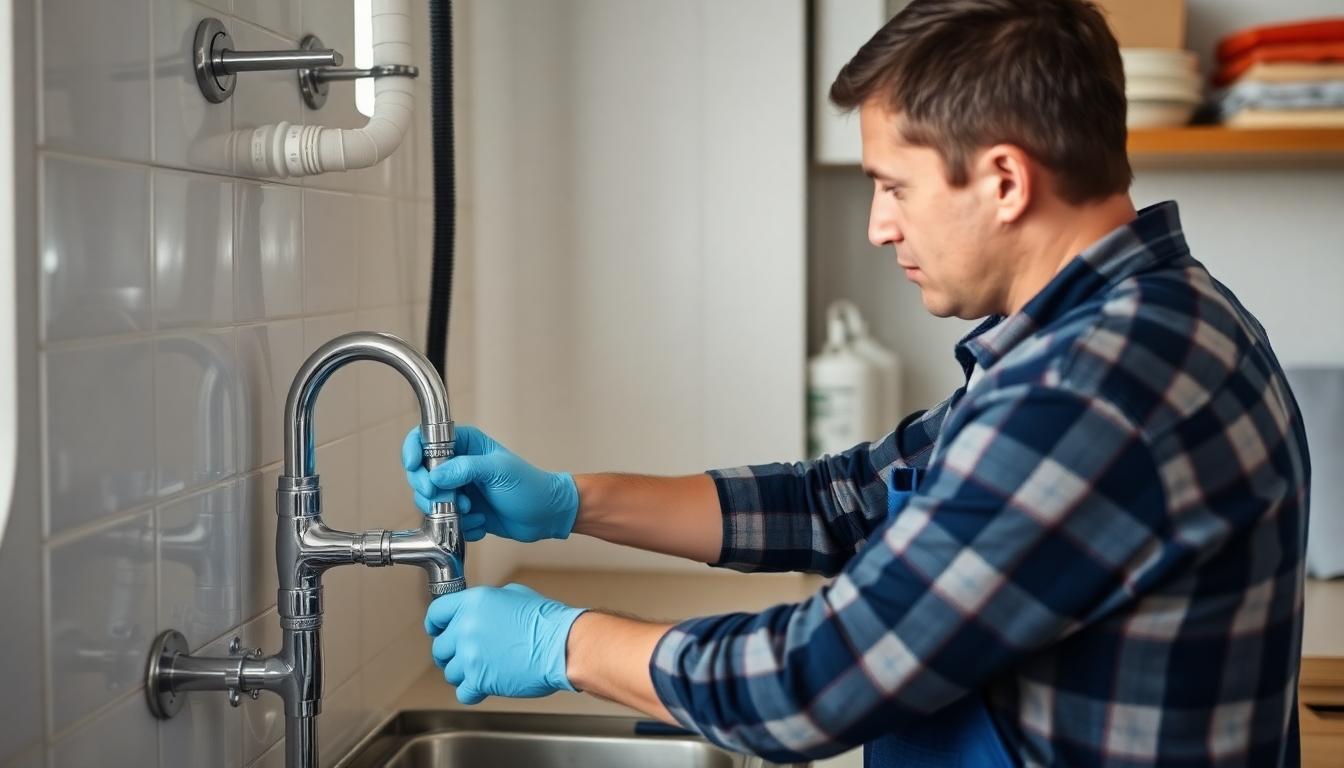Picture this: you’re standing in your dream kitchen, ready to whip up a delicious meal, but wait! The sink is in the wrong spot. Don’t worry! Relocating kitchen plumbing lines might sound a bit overwhelming, but with a little know-how, you can turn your kitchen into the organized space you’ve always wanted. Whether you’re a homeowner wanting to make some improvements or a DIY fan excited for a new challenge, getting to grips with the best practices for this project will make all the difference!
Navigating the complexities of plumbing requires more than just basic knowledge; it demands precision and planning. From choosing the right materials to ensuring compliance with local codes, every detail matters. This article will uncover fresh insights and expert tips that make relocating kitchen plumbing lines smoother and more efficient. Get ready to dive into a world of practical solutions that will empower you to take control of your kitchen renovation journey.
Understanding Kitchen Plumbing Systems
Kitchen plumbing systems consist of various components working together to efficiently supply water and manage waste. Understanding these systems simplifies the process of relocating plumbing lines and contributes to effective maintenance.
Importance of Proper Plumbing
Proper plumbing ensures functionality and safety in a kitchen. It prevents leaks, backflow, and clogs, which can lead to costly water damage. Maintaining proper ventilation in drain systems prevents pressure build-up, improving drainage efficiency. Compliance with local plumbing codes safeguards the integrity of the plumbing system, ensuring it operates efficiently over time.
Common Reasons for Relocation
Kitchen plumbing lines may require relocation due to several common scenarios:
- Renovations: Homeowners often relocate plumbing to accommodate new layouts or appliances during kitchen remodels.
- Repurposing Space: Converting a pantry into a utility area may require moving plumbing lines for sink installation.
- Damage Repair: Pipes damaged by leaks or corrosion necessitate repositioning for functionality and safety.
- Efficiency Improvements: Relocating plumbing can enhance kitchen workflows, making it easier to access sinks, dishwashers, or refrigerators.
Understanding these factors aids in planning and executing successful kitchen plumbing line relocations.
Planning the Relocation
Planning the relocation of kitchen plumbing lines demands thorough assessment and strategic thinking. Proper planning ensures successful execution and compliance with local regulations.
Assessing the Current Setup
Assessing the current plumbing configuration reveals potential challenges and solutions. Identify the existing water supply and drainage systems to understand their layout and functionality. Inspect for signs of leaks, corrosion, or other issues that require attention. Evaluate space constraints that might affect the relocation. Document measurements and consider how existing elements, like cabinets and appliances, interact with plumbing lines.
Identifying New Locations
Identifying new locations for plumbing lines involves strategic placement and adjustments. Choose locations that maintain optimal functionality for both water supply and drainage systems. Consider factors like proximity to appliances, including sinks, dishwashers, and refrigerators. Follow local building codes to ensure compliance and prevent future complications. Utilize a detailed schematic to visualize proposed changes, making adjustments as necessary to avoid interference with structural components.
Tools and Materials Needed
Relocating kitchen plumbing lines requires specific tools and quality materials to ensure a successful project. Properly selecting these items aids in efficiency and compliance with local codes.
Essential Tools for the Job
- Pipe Wrench: Tightens and loosens plumbing fixtures securely.
- Adjustable Wrench: Offers flexibility in gripping various sizes of nuts and bolts.
- Pipe Cutter: Provides clean and precise cuts on pipes, essential for smooth joints.
- Drill: Facilitates making holes for mounting brackets and guiding pipes.
- Measuring Tape: Ensures accurate measurements for proper alignment and spacing.
- Level: Confirms that pipes and connections are horizontally and vertically straight.
- Hand Saw: Useful for cutting through wood and drywall when relocating pipes.
- Utility Knife: Handy for cutting insulation and trimming other materials.
Recommended Plumbing Materials
- PVC Pipes: Lightweight and resistant to corrosion, ideal for waste lines.
- CPVC Pipes: Suitable for hot water delivery due to their heat resistance.
- PEX Tubing: Flexible and easy to install with fewer fittings, effective for diverse setups.
- Brass Fittings: Durable and corrosion-resistant, providing reliable connections.
- Teflon Tape: Creates seals on threaded connections to prevent leaks.
- Pipe Insulation: Reduces heat loss and prevents condensation on cold pipes.
- Solder or Compression Fittings: Used for creating secure joints in copper piping.
Selecting the right tools and materials ensures a smooth relocation process for kitchen plumbing lines, ultimately contributing to an efficient and functional kitchen renovation.
Step-by-Step Relocation Process

Relocating kitchen plumbing lines requires careful execution to ensure functionality and compliance with local codes. Here’s a structured approach to follow.
Preparing the Area
Preparing the area involves clearing the workspace and gathering tools. You must remove any obstacles, like cabinets or appliances, to access plumbing lines. Ensuring a clean area reduces the risk of accidents. It’s essential to shut off the water supply before beginning work. Identifying the new plumbing path and marking it helps guide the installation process.
Disconnecting Old Lines
Disconnecting old lines requires precision to prevent damage. Start by using an adjustable wrench to loosen fittings. Drain any remaining water from the lines to avoid spills. Remove old piping, taking care to inspect surrounding fixtures for damage. Keeping a container nearby for any residual water simplifies cleanup. Labeling old lines can assist during reinstallation.
Installing New Lines
Installing new lines involves measuring and cutting pipes accurately. Homeowners must select appropriate materials, such as PVC or PEX, to match local codes. Fittings should fit snugly to prevent leaks. Connect the new pipes to the existing system using the recommended methods, such as solvent welding or crimping. Ensure proper alignment to facilitate flow and optimize function.
Testing for Leaks
Testing for leaks is a critical final step. Turn the water supply back on slowly while observing connections. Engage in a thorough inspection for any signs of leaks or drips. If issues arise, tighten fittings or reapply sealants where necessary. Allowing the system to run for a few minutes helps confirm that everything functions properly without leaks.
Following these steps ensures a smooth and efficient relocation of kitchen plumbing lines, enhancing the kitchen’s functionality and compliance with regulations.
Hiring Professional Help
Hiring a professional plumber simplifies the relocation of kitchen plumbing lines, ensuring compliance with local codes and standards. Experts provide valuable insights and experience, reducing the likelihood of mistakes.
When to Consider a Plumber
Consider hiring a plumber in scenarios such as:
- Complex layouts: Complicated plumbing configurations may require professional assessment.
- Code compliance: Understanding and adhering to local plumbing codes is crucial.
- Time constraints: Tight renovation timelines may benefit from expert assistance.
- Major renovations: Significant changes in kitchen layout often necessitate professional knowledge.
Assessing Costs and Estimates
Assessing costs involves obtaining detailed estimates from plumbing professionals. Homeowners should:
- Request multiple quotes: Compare estimates from different plumbers for competitive pricing.
- Review itemized lists: Ensure each cost aligns with the services provided, such as materials and labor.
- Consider long-term savings: Quality work can prevent future repairs, making initial investments worthwhile.
- Evaluate warranties: Ask about guarantees on services and materials, ensuring peace of mind in the work performed.
Professional plumbing assistance not only facilitates a smoother relocation process but also enhances the overall success of the kitchen renovation.
Conclusion
Relocating kitchen plumbing lines can be a complex task but with the right approach it can lead to a more functional and efficient space. By understanding the components of the plumbing system and adhering to local codes homeowners can navigate this process with confidence. Careful planning and the right tools are crucial for ensuring a successful relocation.
For those unsure about handling the project themselves hiring a professional can save time and reduce the risk of costly mistakes. Ultimately a well-executed plumbing relocation not only enhances the kitchen’s functionality but also contributes to the overall success of the renovation.
Frequently Asked Questions
What are the main challenges of relocating kitchen plumbing lines?
Relocating kitchen plumbing lines involves several challenges, including ensuring compliance with local codes, precise measurement, and planning for potential obstacles like space constraints. Homeowners must assess their current plumbing setup and anticipate issues like leaks or clogs to achieve a successful renovation.
Why is proper plumbing important in kitchen renovations?
Proper plumbing is vital for ensuring efficient water supply and waste management in a kitchen. It prevents issues such as leaks and clogs, ensuring safety and functionality while adhering to local codes. A well-planned plumbing system enhances the overall efficiency of kitchen operations.
What tools are necessary for relocating plumbing lines?
Essential tools for relocating kitchen plumbing lines include pipe wrenches, adjustable wrenches, pipe cutters, drills, measuring tapes, levels, hand saws, and utility knives. These tools help ensure accurate cuts and tight fittings, contributing to a successful and efficient relocation process.
How can I ensure compliance with local plumbing codes?
To ensure compliance with local plumbing codes, it’s crucial to review local regulations and inspection requirements before starting the project. Consulting a licensed plumber can also provide guidance on necessary permits and ensure that all work meets safety and legal standards.
When should I consider hiring a professional plumber?
Hiring a professional plumber is advisable for complex plumbing layouts, navigating local codes, addressing time constraints, and managing significant renovations. Their expertise can simplify the relocation process, ensuring compliance and enhancing the overall success of your kitchen project.
What are common reasons for relocating kitchen plumbing?
Common reasons for relocating kitchen plumbing include renovations to update or open spaces, addressing damage or leaks, improving efficiency, and adapting to changing kitchen layouts. Careful planning is essential to ensure successful execution and functionality in the new setup.
How can I test for leaks after relocating plumbing lines?
After completing the installation of new plumbing lines, it’s crucial to test for leaks by gradually restoring the water supply and monitoring joints and connections for any signs of water escape. If detected, promptly address leaks to ensure the system functions properly and remains compliant.

